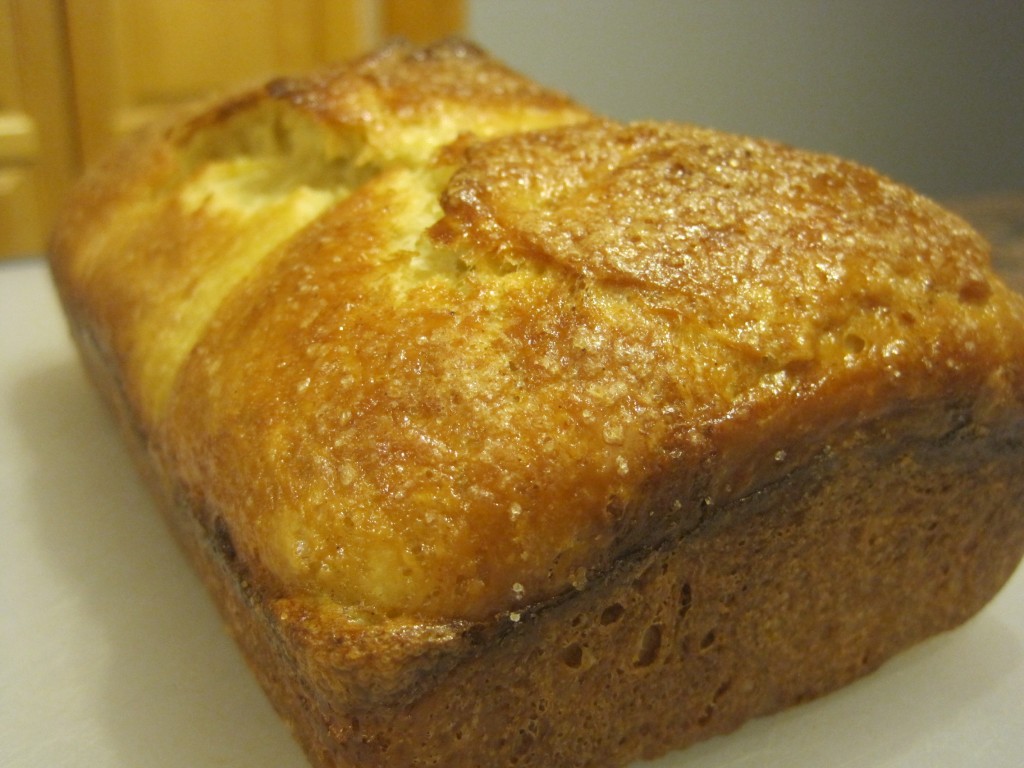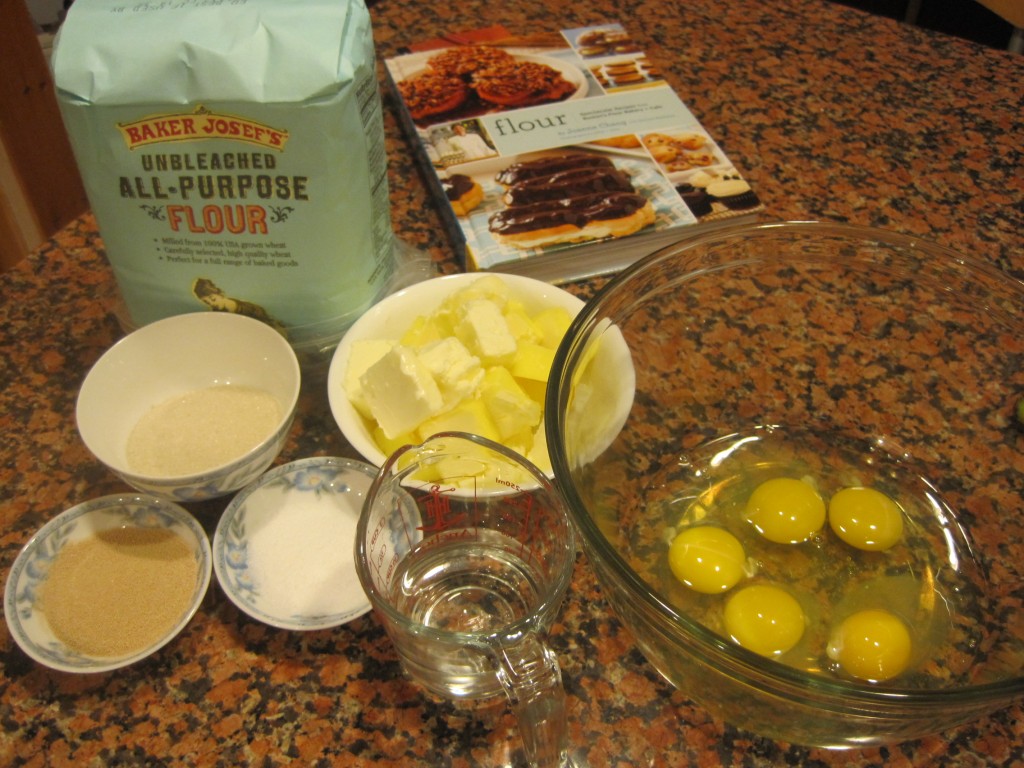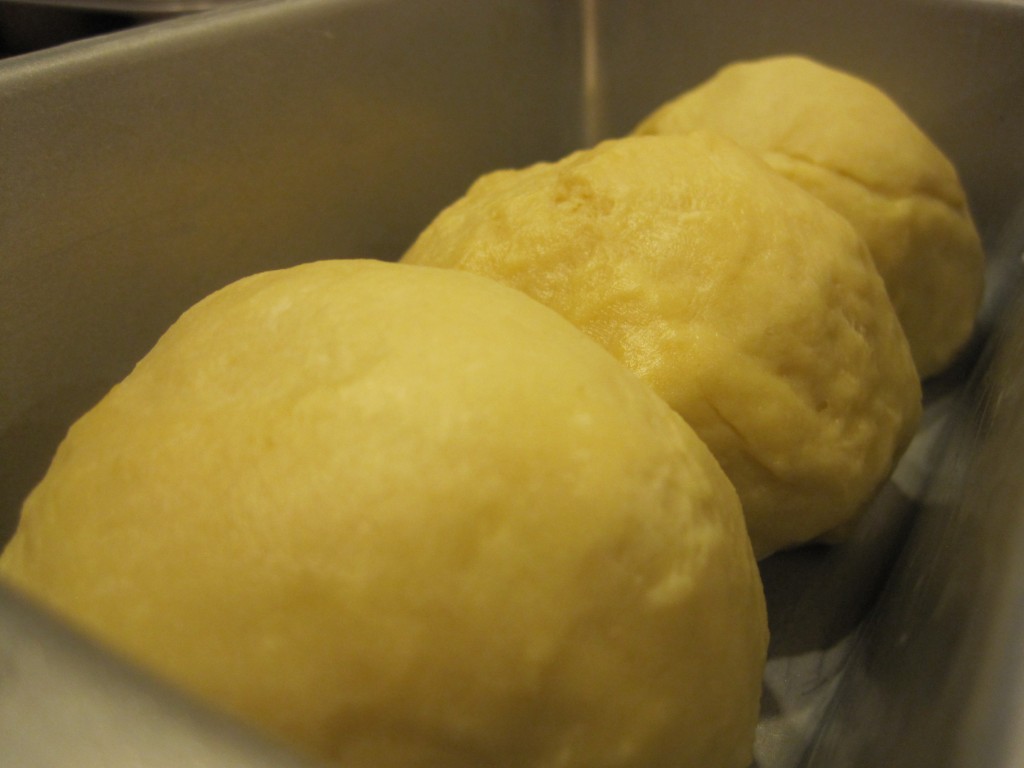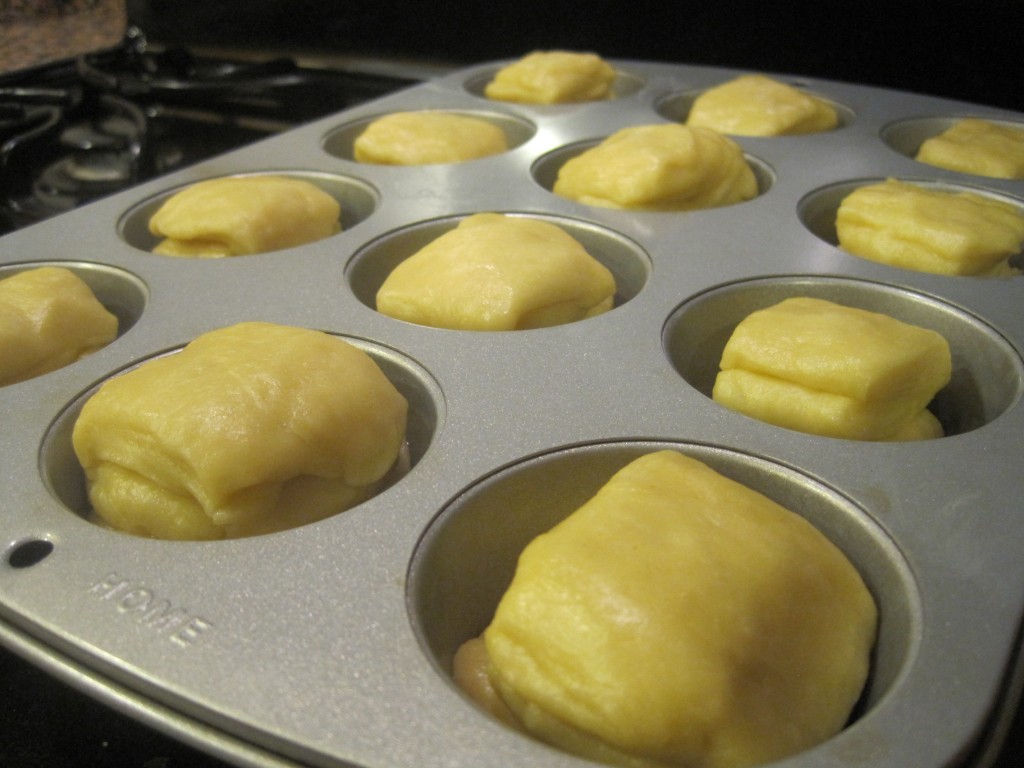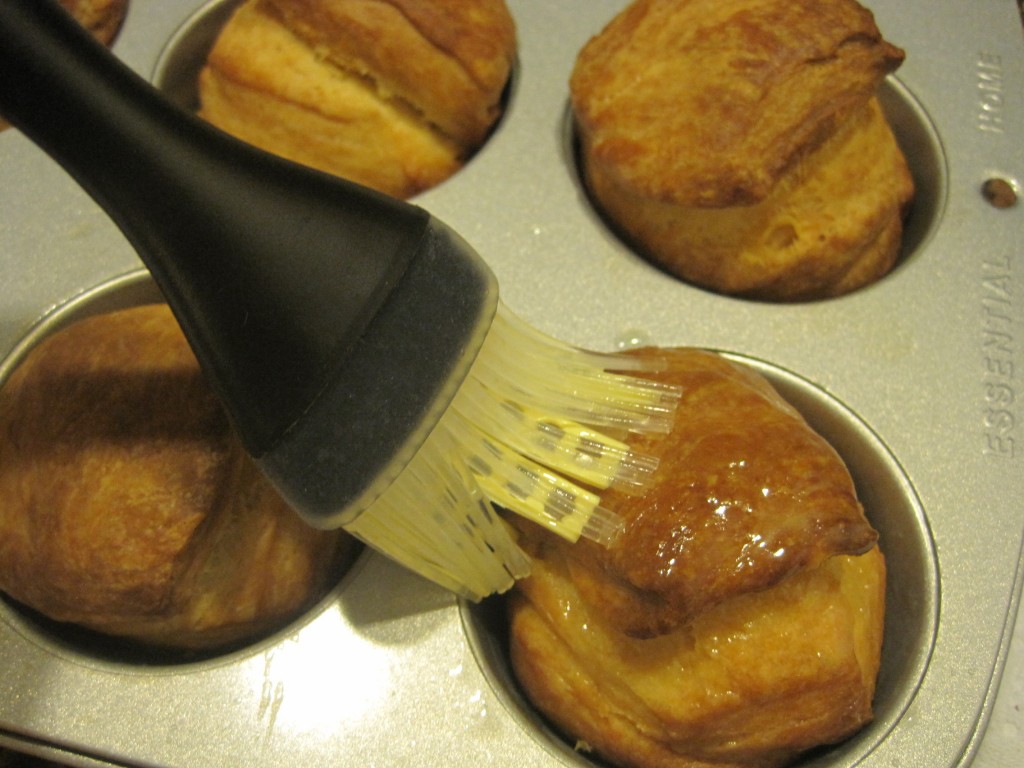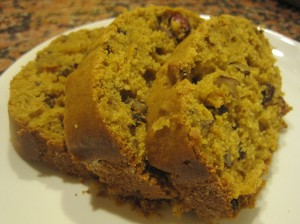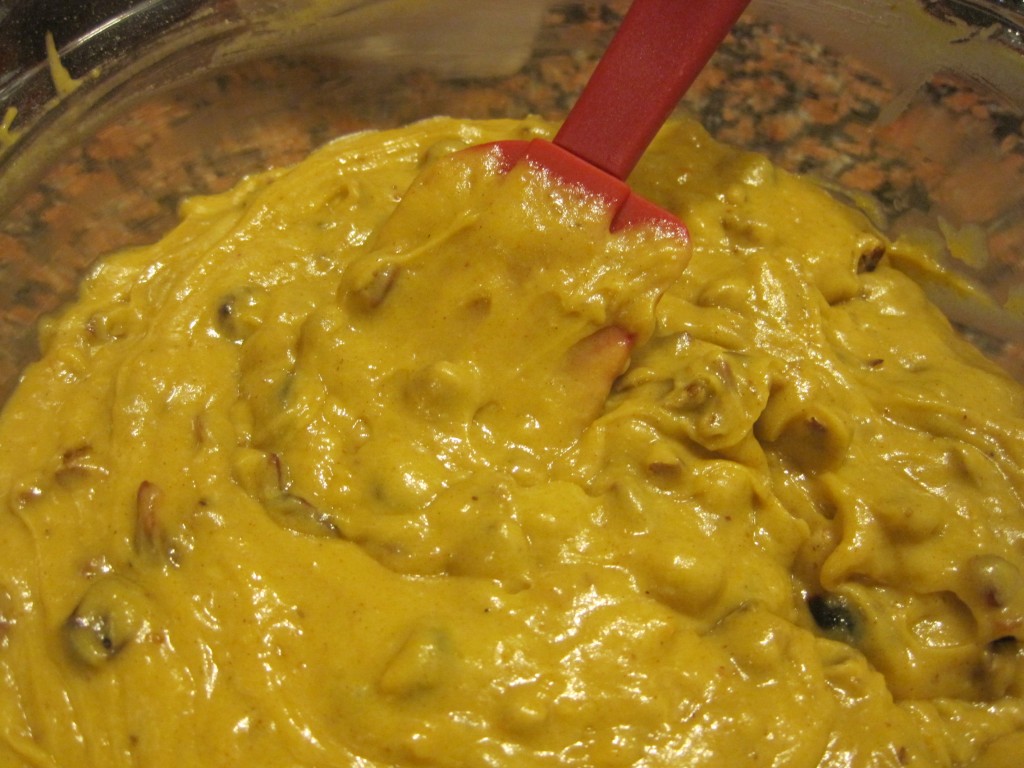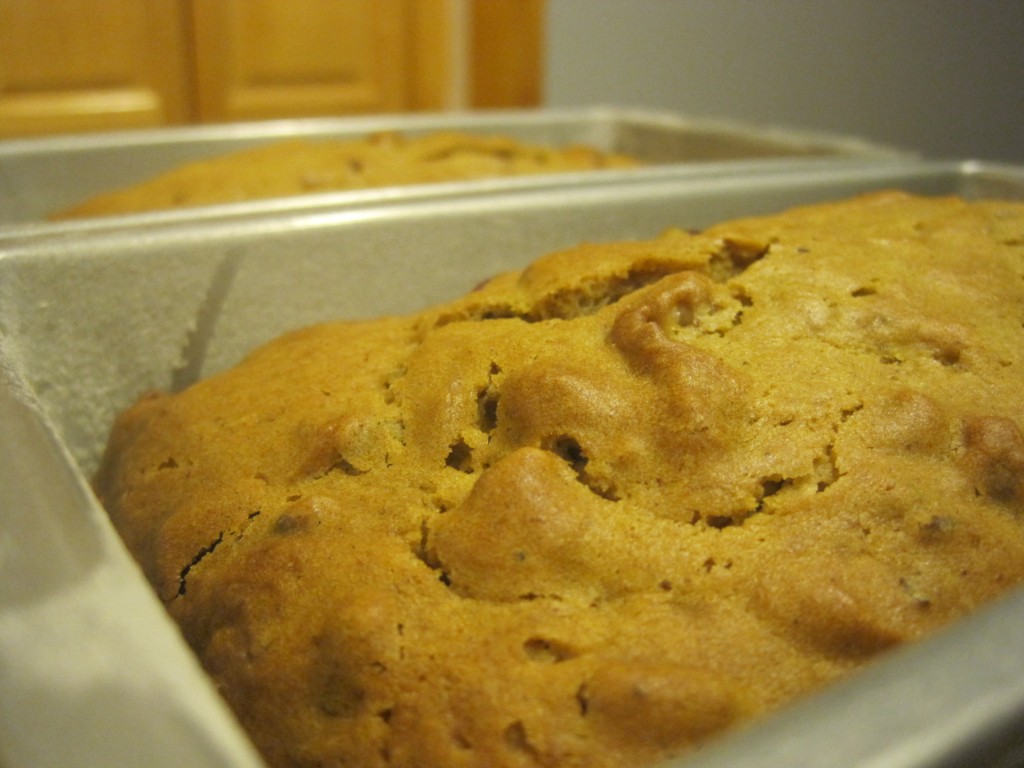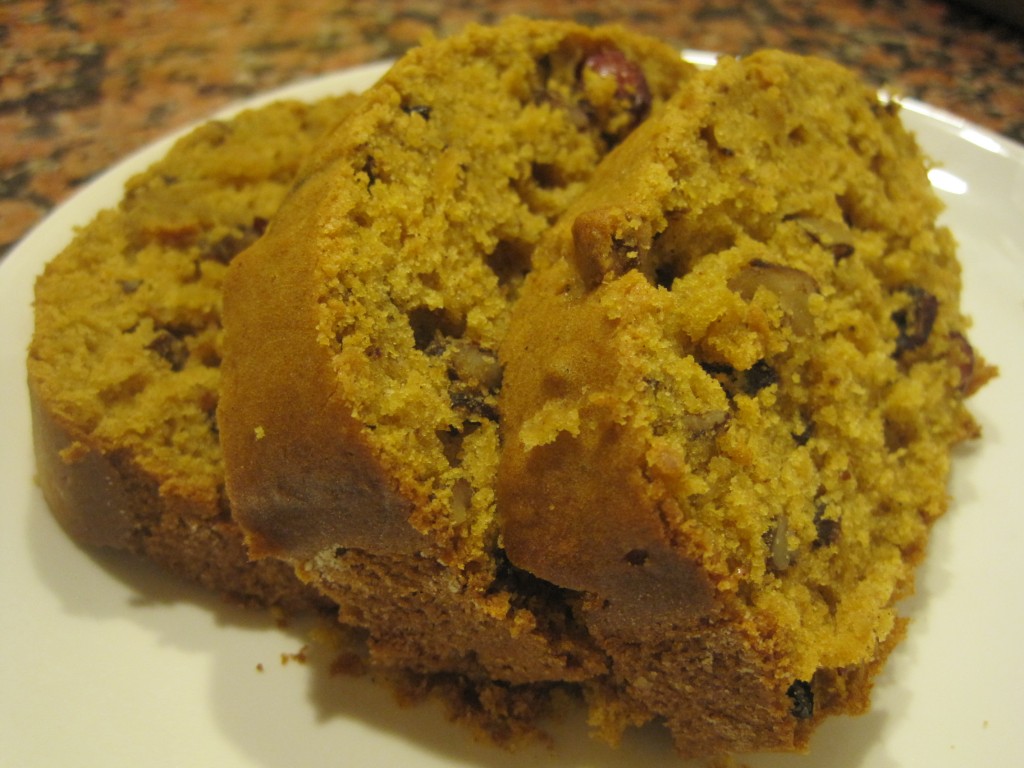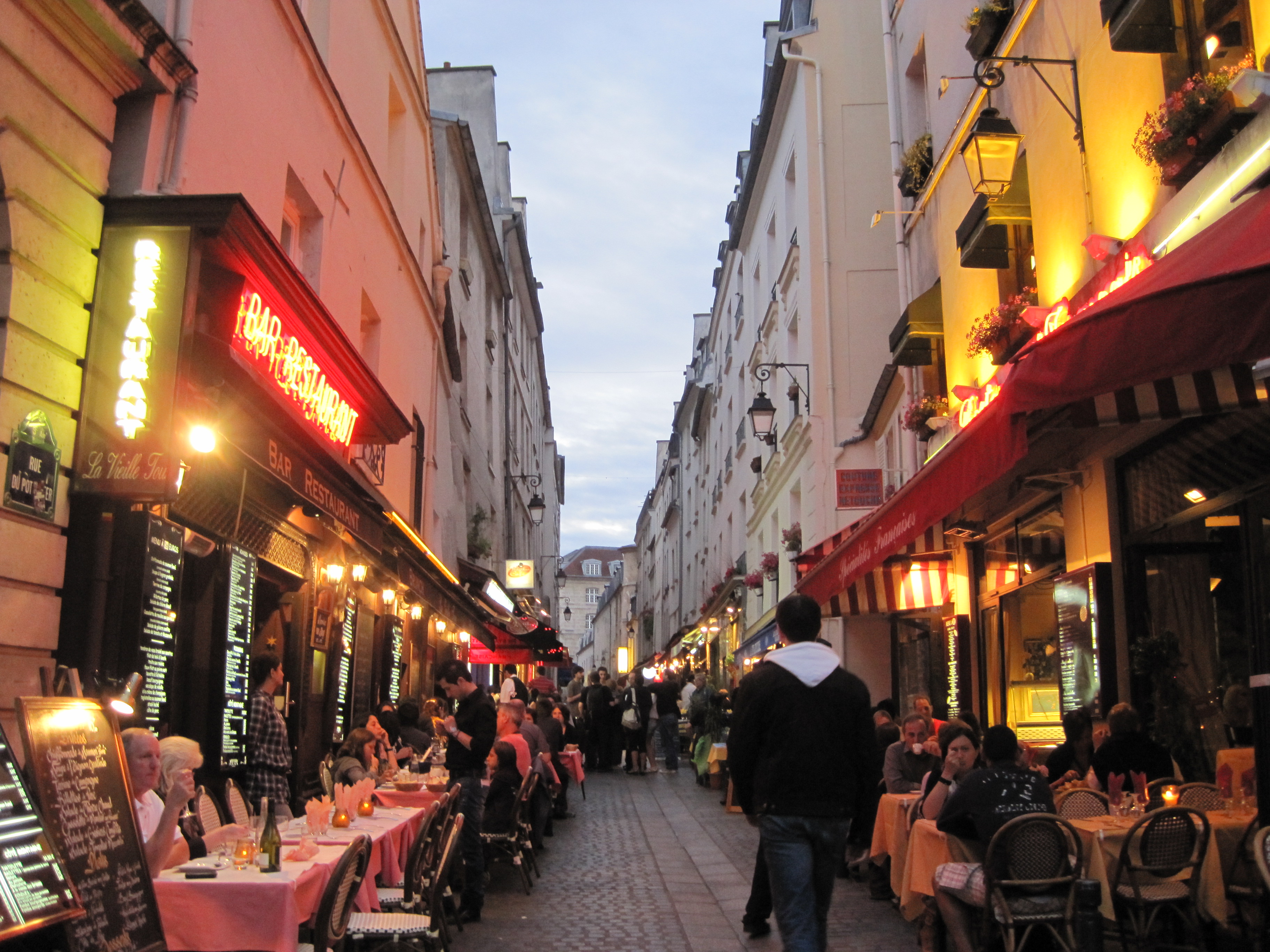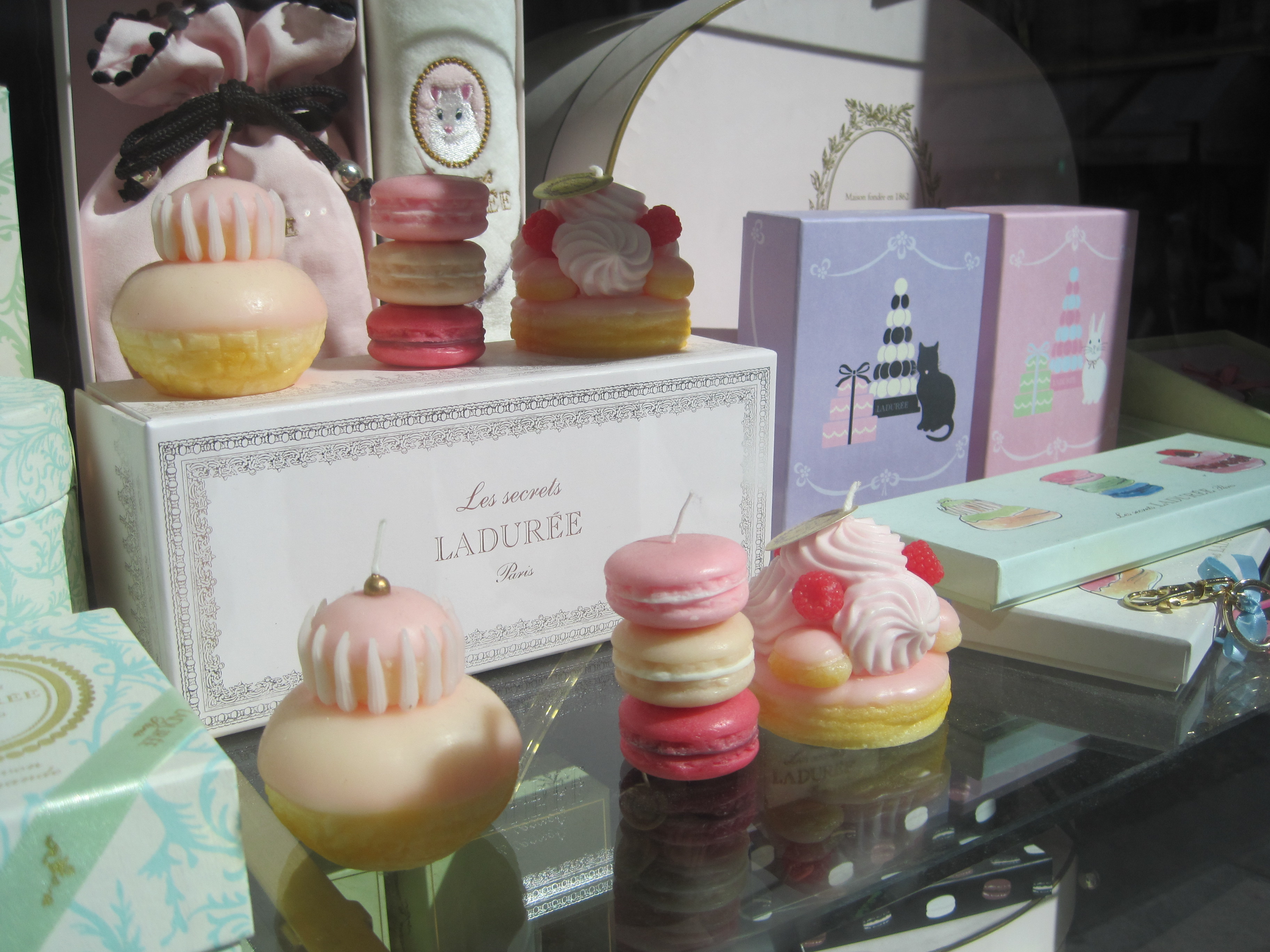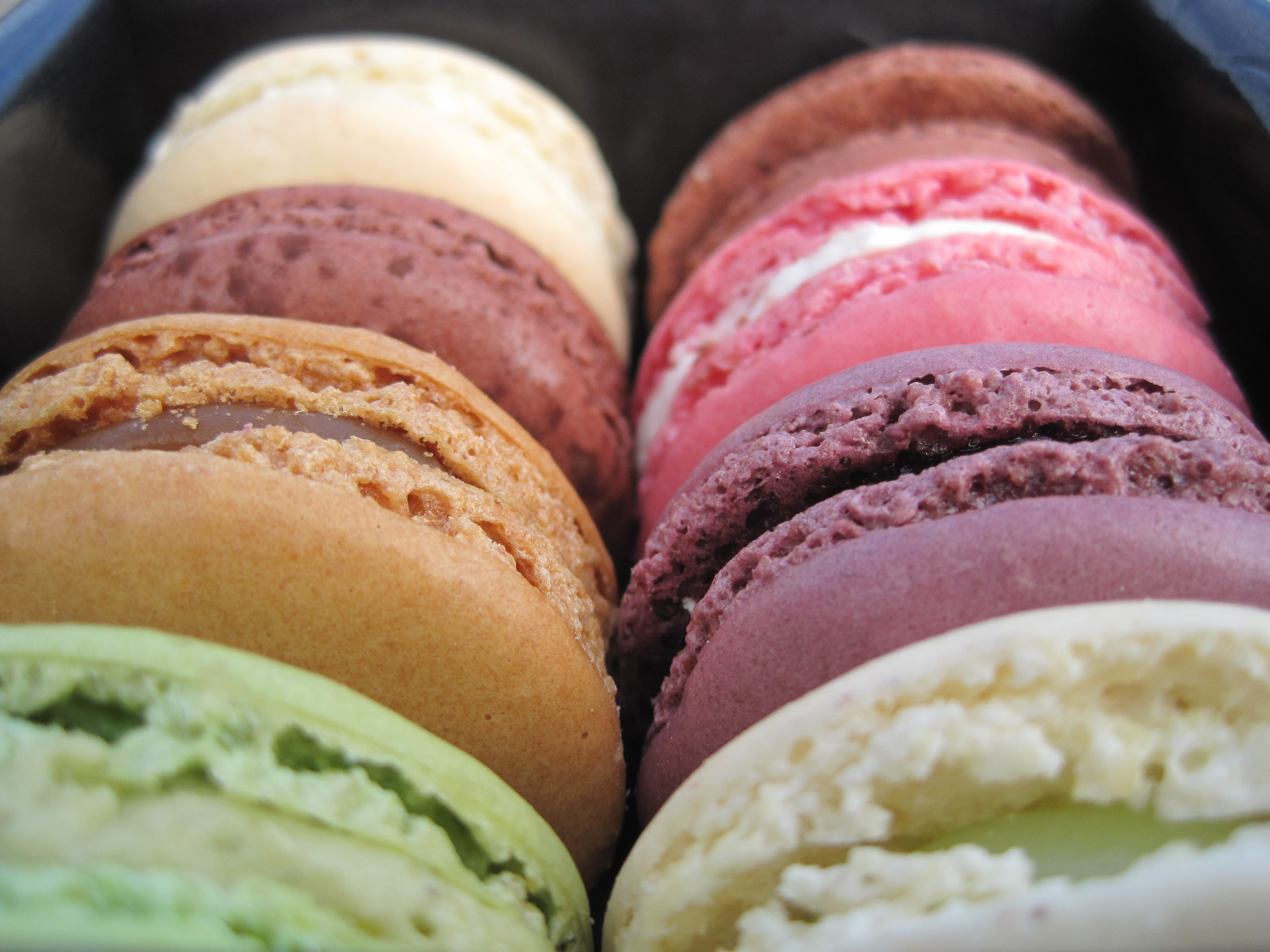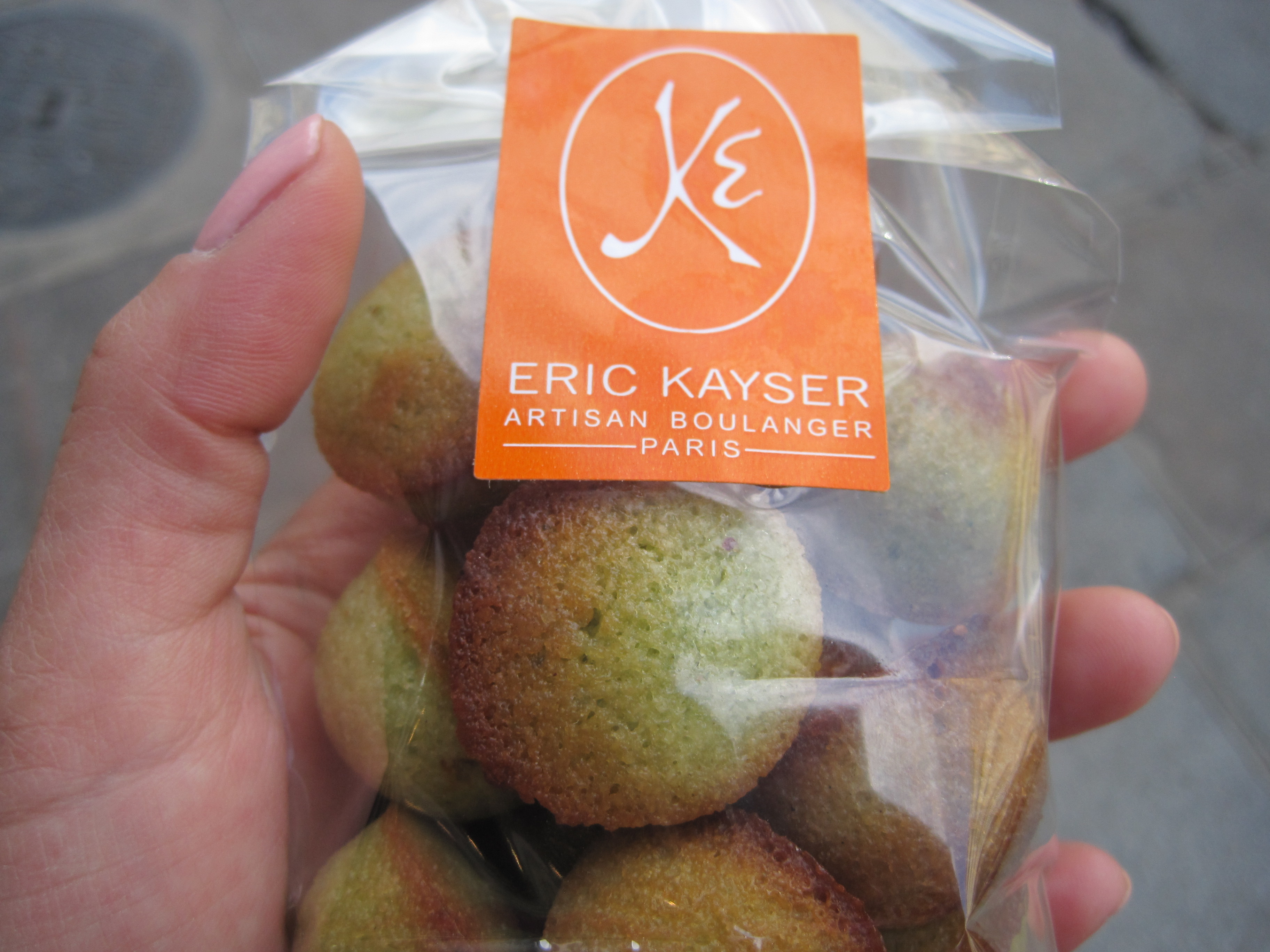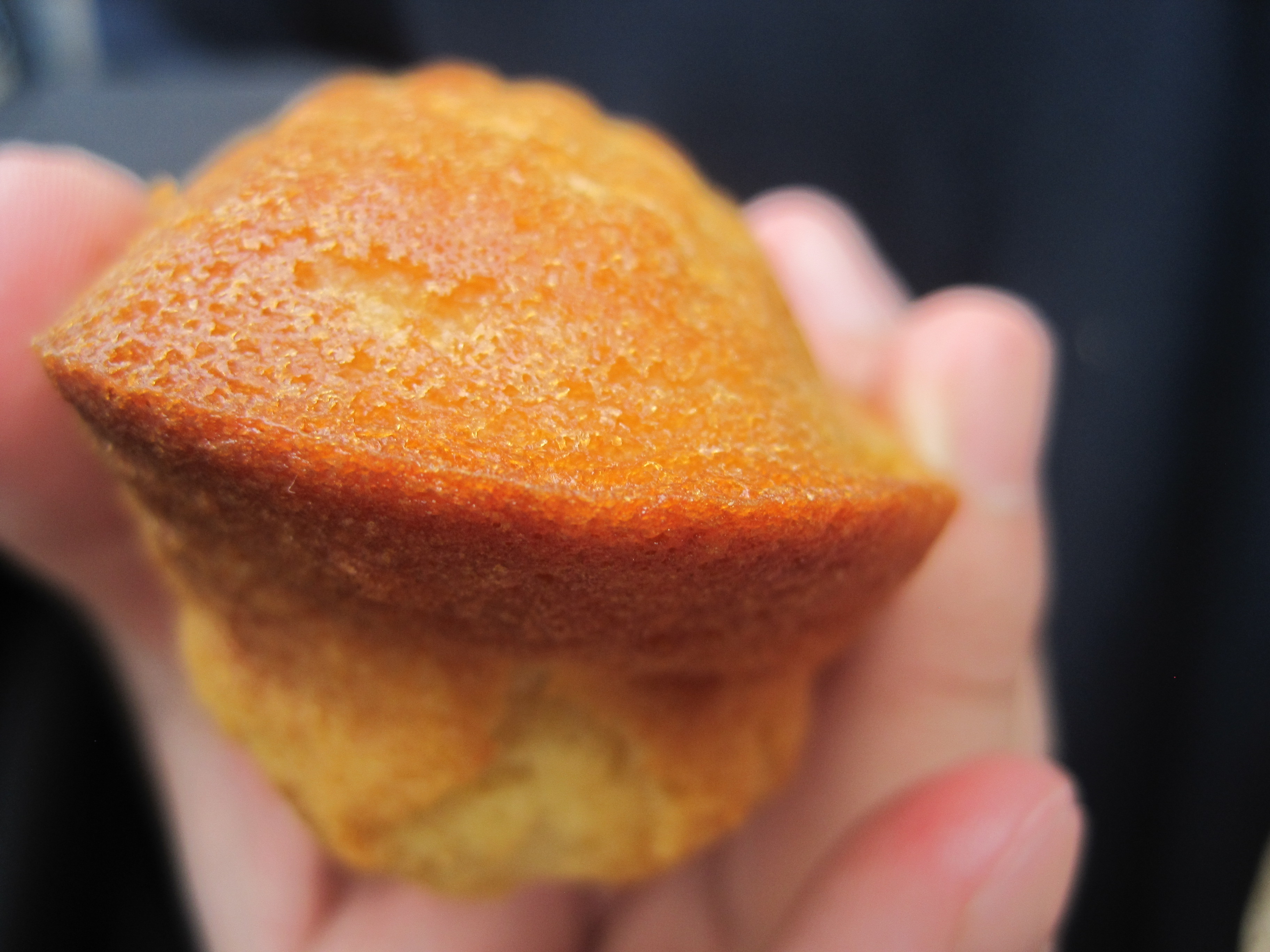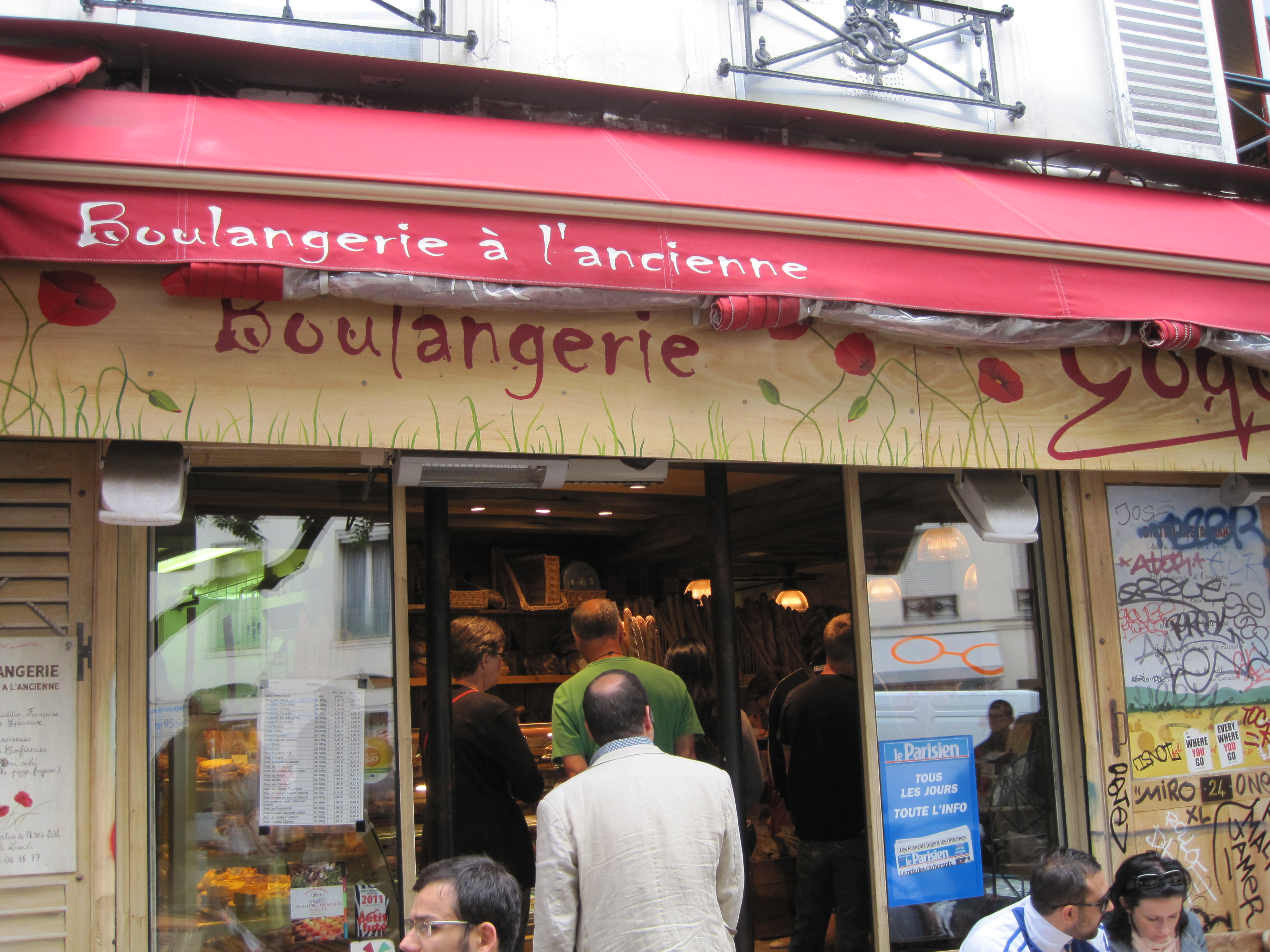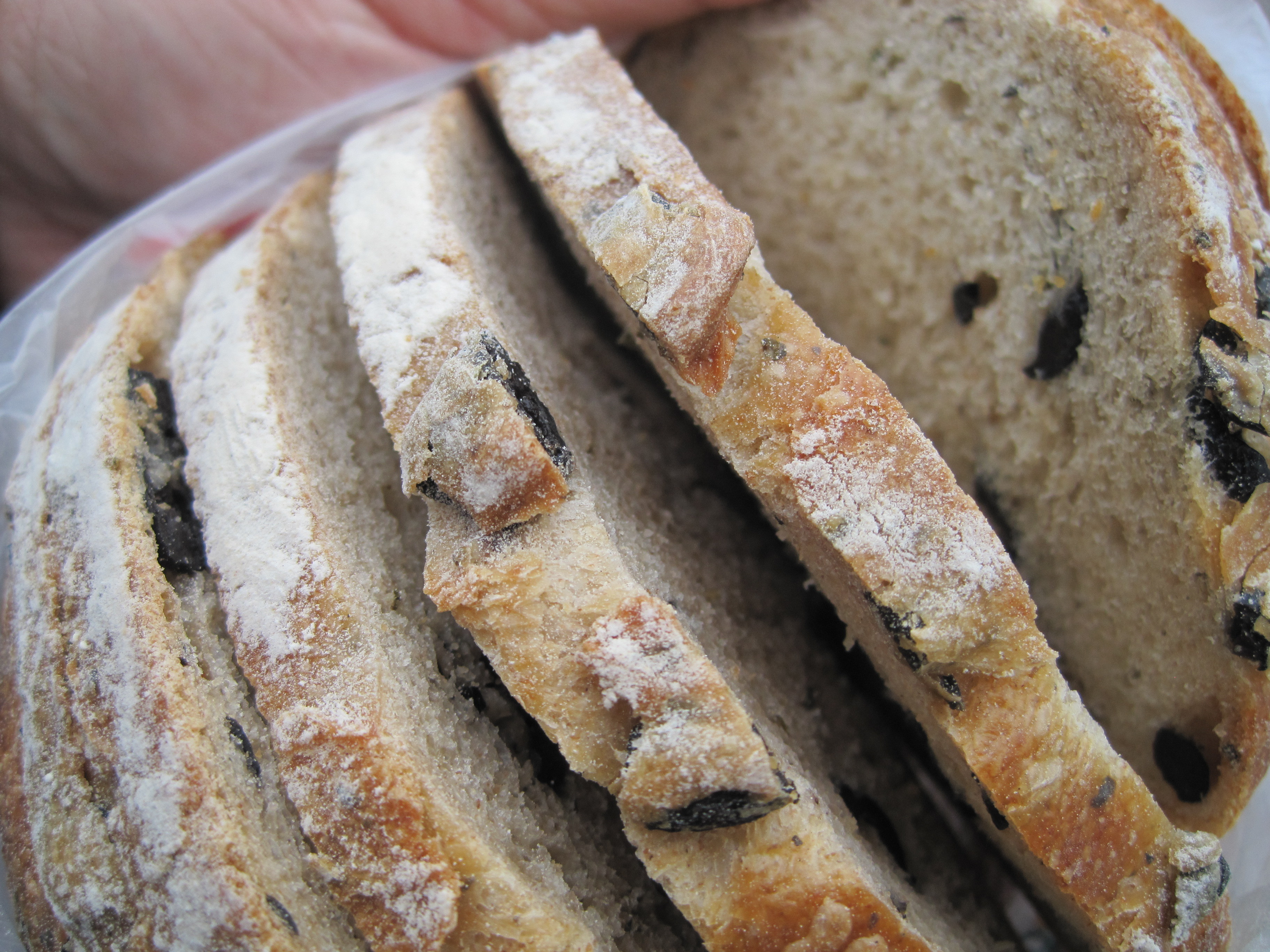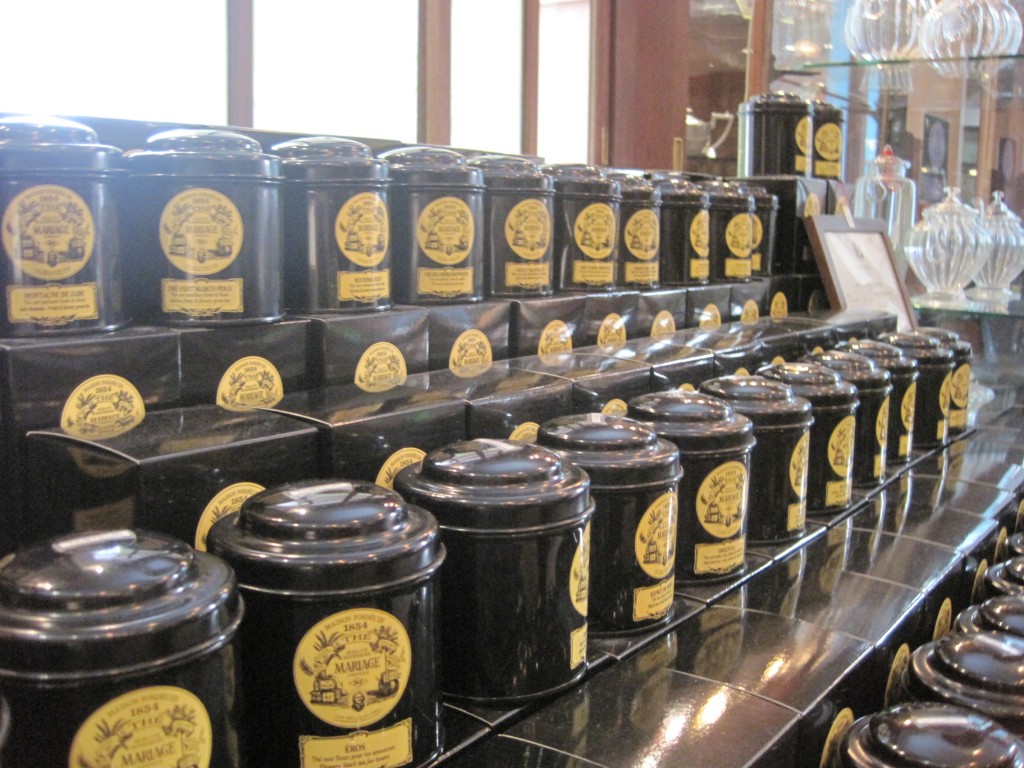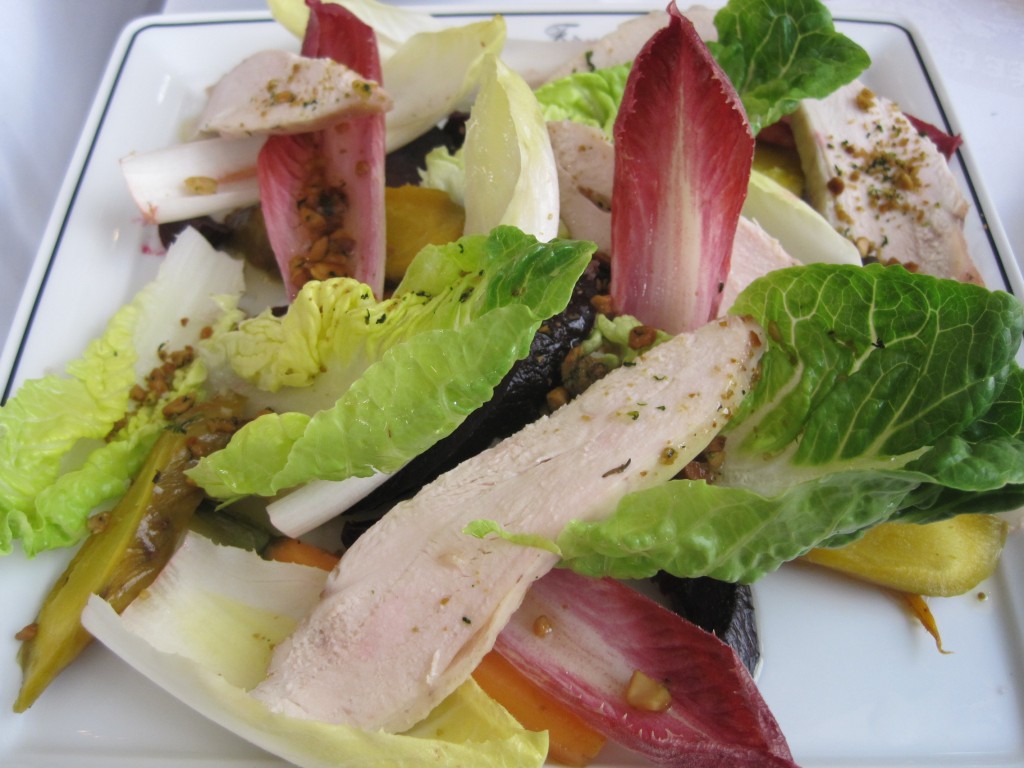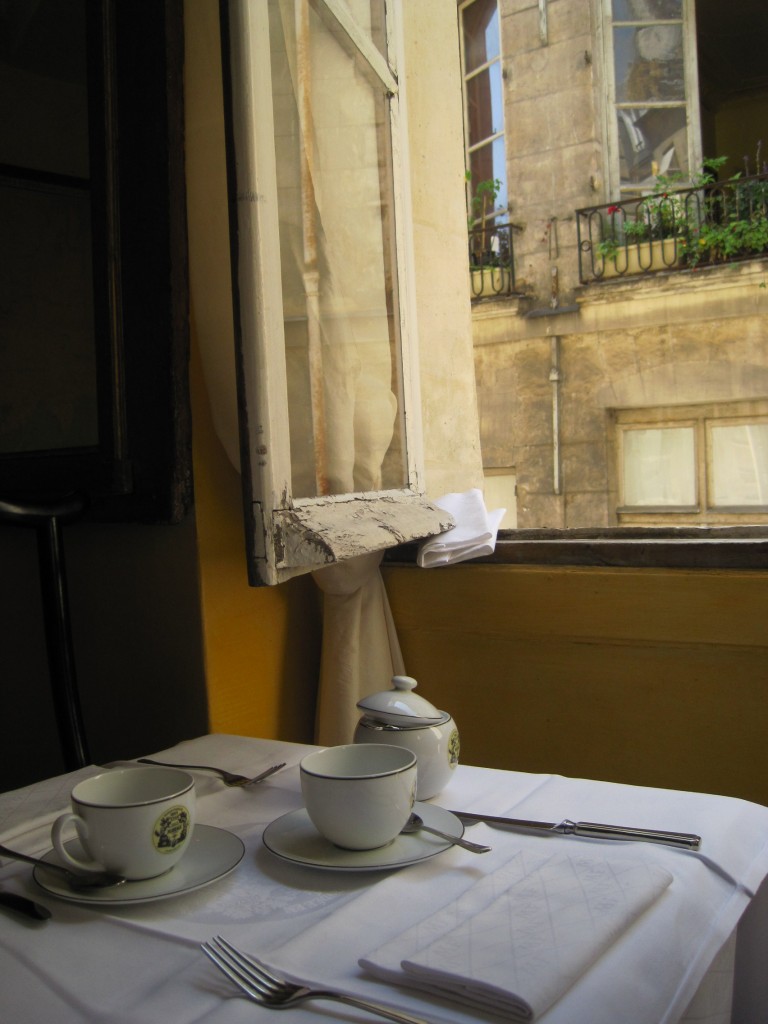It’s a bit embarrassing to admit out loud, but I haven’t been behind the wheel since 2007. That’s right – it’s been almost six years since I last drove a car. I get made fun of for this quite a bit by friends back home and colleagues who live in outer boroughs and Jersey, but for those who live in New York City, this is not surprising at all; in fact, it’s a way of life and the way they like it. Living in Manhattan is probably one of the few places where you could live where not driving every day is considered acceptable and even applauded.
Do we really want what we “want”?
In a city as fast-paced as New York, everyone is always trying to get from place to place and accomplish one thing after another. I overheard a conversation today about a colleague who was planning out his near-future – buying an apartment. His mother asked him how he was going to afford these things. He said he was hoping for a raise soon, but he didn’t sound convinced that he even wanted to buy his own place.
Despite the chaos and speed around us, how often do any of us really stop to think about whether we really want these things that we supposedly want, and how much of it is really imposed by societal (or familial) expectations?
“You Walk So Fast!”
Last month, I spent a week in Los Angeles for work. On my first walk to lunch along Wilshire Boulevard with coworkers, less than two minutes pass before a coworker exclaims, “Slow down! You’re not in New York anymore. You’re in LA.” I laughed and slowed down, but in my head I thought, do I really walk that fast? And then I remembered the times when my family and friends from San Francisco yell at me for the same reason. In New York, when we walk, we’re not just going on a casual stroll; we’re walking with a purpose to get from Point A to Point B in as little time as possible. Speed is everything.
“Work-life Balance” in New York
On a good day at work here in New York, I will leave the office at 6pm. Because it is all I have ever known from my own experience, this has always seemed “normal” to me – until I meet and speak with people who live in other cities, and they tell me that they consider 6pm late. Occasionally throughout the year, I will work remotely at my company’s San Francisco office, and consistently by the time 4:45-5pm hits, the entire office will have emptied out. And I am labeled that workaholic freak from New York because I happened to stay until 7pm most days I was there.
Moving to New York Will Delay your Marriage
In the last few months as I have checked my Facebook Newsfeed, it seems like every week someone I know from high school/college is getting engaged. This past weekend, THREE people my age I know got engaged. New Yorkers are an eclectic mix, but one thing a huge chunk of them have in common is that they are extremely driven, which means that for the majority of their 20s (and even 30s), they will be focused on getting to the top of their career ladder – not to the wedding altar. Hopeless romantics who have a strict timeline for getting married: Be wary of relocating to New York.
Home Cooks the Anomaly in New York
Living in New York has made me realize that a lot that seems normal to the average everyday person is not so common here. One thing that has deemed me a bit of a freak here is the fact that I cook regularly, and actually enjoy it. In New York, people typically eat out most meals, and if they are not eating out, they are getting delivery. “Cooking” usually means using one’s microwave, or maybe even boiling water for pasta. So the occasional mentions of making things like from-scratch lasagna or fish tacos are often met with reactions of utter amazement.
I Dream of Brioche
The first time I heard about brioche was in 2004 when a good friend wrote in my high school yearbook that she thought I was the best thing since sliced brioche bread. I felt a bit ignorant at the time, since although I knew it was a type of bread, I actually had no idea what it consisted of or why that would make me feel particularly special. This was especially embarrassing for me because I’ve always been a lover of all things sugar and butter related, and being the know-it-all dessert-loving teenager that I was, I thought I knew everything there was to know about buttery breads and desserts.
Brioche is probably the richest, most buttery bread I’ve eaten. It’s a bread that is more commonly known as a pastry because of its extremely high butter content. Enriched with not just lots of butter but also many eggs, it’s certainly not your typical toast on a weekday morning. The average recipe you can find for brioche has a flour-butter ratio of 2:1.
Brioche is the kind of pastry that you have at breakfast or tea when you want to indulge. When made properly, it is all at once flaky, delicate, tender, eggy, and subtly sweet. Brioche dough can be made in multiple forms – as brioche à tête (little heads), loaves, buns, as pain au chocolat – brioche dough is like the Play-Doh of breads, as you could make many different types of beautiful, tasty creations with it. The possibilities are endless.
The key to making flaky, tender brioche is cold, cold, cold; it’s crucial that all of your bowls, utensils, and butter are chilled (it also helps to be cold blooded, as well). The colder the kitchen, the more likely your brioche will be a success. The reason for this is that it is critical that the butter that you are incorporating into the dough has not melted. Pockets of fat need to be evenly distributed throughout the dough to result in butter melting in the oven, which will yield the flakiness that is key to a good brioche. Another way to ensure that the butter has not melted before it reaches the oven is to knead the dough either with cold dough hooks on your standing mixer, or with cold utensils by hand (if you are old school like me and want to knead the dough manually).
Brioche is probably the easiest yeast bread to mess up. The reason for this is that while making it, most people would overlook the fact that the dough needs to be really sticky and would either a) make the mistake above so that all the butter melts into the dough, or b) continue adding flour to the dough for greater ease in hand kneading or preventing the dough from sticking too much to the dough hooks. The first time I made brioche, I made mistake b. The brioche dough was extremely sticky, and being a novice, I continued using my warm hands to knead the dough. Annoyed by the stickiness, I continued adding flour until the dough was easy to handle and no longer stuck to my fingers. Big mistake. In the end, while the brioche looked beautiful on the outside, once I broke apart the bread, I realized that I had just made a glorified challah bread – an eggy bread with some fat, but none of the glorious flakiness that is associated with the true pastry.
The one recipe that I have grown to love and use for multiple brioche pastry desserts is Joanne Chang’s basic brioche. The two simplest ways to enjoy brioche are to eat it just as a plain pastry in the form of a loaf, or to make miniature brioche buns and dip them in a sugar and spice mixture. I’ve included recipes for both forms here. To call making brioche “simple” is a bit misleading, as it takes a lot of time and physical effort to knead the dough. In addition, we need even more time to allow the dough to properly proof twice to allow for that amazing light and airiness that will eventually contribute to the light, tender crumb of the final pastry. This is one of those bread-pastries that needs some advance planning and many patient hours. Wouldn’t we all love to have a piece of fresh, warm brioche from a hot oven every day, though? I’m not sure what satisfies me more – the first bite of the brioche when it is piping hot right out of the oven, or the incredible fragrance that fills the house as the combination of butter, sugar, eggs, and yeast work their magic in my oven.
Joanne’s brioche loaf recipe suggests that you form the dough into a simple rectangle, but after seeing many images of loaves with interesting cuts and shapes, I thought it would be fun to shape three balls, combine them, and then cut slits on the top of each ball.
After proofing the second time, cutting slits atop each ball, and sprinkling the top with sugar, this is what the loaf looked like:
After baking for about 35-45 minutes, this is how my brioche baby turned out – beautifully browned with a happy sheen:
With the second half of the dough, I made the sugar and spice brioche buns from Joanne’s book.
After they came out of the oven, I dipped each bun into butter and rolled them in the cinnamon, nutmeg, ground ginger, and sugar mixture:
After the butter brushing and the sugar and spice rolling, this is what I eventually presented to my friends:
Both methods are the simplest ways to enjoy brioche. If only someone would present me with fresh brioche every week, maybe I would smile that much more. I guess I can either keep dreaming, or treat myself and make my own dreamy pillows of buttery, sugary delight.
Basic Brioche Adapted from Flour: Spectacular Recipes from Boston’s Flour Bakery & Café by Joanne Chang
- 2 1/2 cups (350 grams) unbleached all-purpose flour, plus more if needed
- 2 1/4 cups (340 grams) bread flour
- 1 1/2 packages (3 1/4 teaspoons) active dry yeast or 1-ounce (28 grams) fresh cake yeast
- 1/3 cup plus 1 tablespoon (82 grams) sugar
- 1 tablespoon kosher salt
- 1/2 cup cold water
- 6 eggs
- 1 3/8 cups (2 3/4 sticks; 310 grams) unsalted butter, at room temperature, cut into 10 to 12 pieces
Using a stand mixer fitted with the dough hook, combine the all-purpose flour, bread flour, yeast, sugar, salt, water, and 5 of the eggs. Beat on low speed for 3 to 4 minutes, or until all the ingredients are combined. Stop the mixer, as needed, to scrape the sides and bottom of the bowl to make sure all the flour is incorporated into the wet ingredients.
Once the dough has come together, beat on low speed for another 3 to 4 minutes. The dough will be very stiff and seem quite dry.
With the mixer on low speed, add the butter, 1 piece at a time, mixing after each addition until it disappears into the dough. Continue mixing on low speed for about 10 minutes, stopping the mixer occasionally to scrape the sides and bottom of the bowl. It is important for all the butter to be thoroughly mixed into the dough. If necessary, stop the mixer occasionally and break up the dough with your hands to help mix in the butter.
Once the butter is completely incorporated, turn up the speed to medium and beat until the dough becomes sticky, soft, and somewhat shiny, another 15 minutes. It will take some time to come together. It will look shaggy and questionable at the start and then eventually it will turn smooth and silky. Turn the speed to medium-high and beat for about 1 minute. You should hear the dough make a slap-slap-slap sound as it hits the sides of the bowl. Test the dough by pulling at it; it should stretch a bit and have a little give. If it seems wet and loose and more like a batter than a dough, add a few tablespoons of flour and mix until it comes together. If it breaks off into pieces when you pull at it, continue to mix on medium speed for another 2 to 3 minutes, or until it develops more strength and stretches when you grab it. It is ready when you can gather it all together and pick it up in 1 piece.
Put the dough in a large bowl or plastic container and cover it with plastic wrap, pressing the wrap directly onto the surface of the dough. Let the dough proof (that is, grow and develop flavor) in the refrigerator for at least 6 hours or up to overnight At this point you can freeze the dough in an airtight container for up to 1 week.
To make two brioche loaves, generously the bottom and sides of two 9-by-5-inch loaf pans with butter. Divide the dough in half, and then divide each half into three pieces. The dough will feel like cold, clammy Play-Doh. Knead each piece of dough, then form each into a ball. Place three balls of dough into each loaf pan so that the dough balls are touching.
Cover the loaves lightly with plastic wrap and place in a warm spot to proof for 4 to 5 hours, or until the loaves have nearly doubled in size. They should have risen to the rim of the pan and be rounded on the top. When you poke at the dough, it should feel soft, pillowy, and light, as if it’s filled with air (because it is!).
Position the rack in the center of the oven, and preheat it to 350 degrees F.
With a pair of kitchen scissors, cut a slit into the top of each ball of dough. Each loaf should have three slits.
In a small bowl, whisk the remaining egg until blended. Gently brush the tops of the loaves with the beaten egg. Add a sprinkling of sugar if you’d like to the top for some crunch.
Bake for 35-45 minutes, or until the tops and sides of the loaves are completely golden brown. Let cool in the pans on wire racks for 30 minutes, then turn the loaves out of the pans and continue to cool on the racks.
The bread can be stored tightly wrapped in plastic wrap at room temperature for up to 3 days (if it is older than 3 days, try toasting it) or in the freezer for up to a month.
Sugar & Spice Brioche Buns Adapted from Flour: Spectacular Recipes from Boston’s Flour Bakery & Café by Joanne Chang
- ½ recipe Basic Brioche Dough
- ½ cup (100 grams) sugar
- ½ teaspoon ground cinnamon
- ¼ teaspoon ground ginger
- ¼ teaspoon freshly grated nutmeg
- Pinch of ground cloves
- Pinch of kosher salt
- ¼ cup (1/2 stick/56 grams) unsalted butter, melted
Line 10 cups of a standard 12-cup muffin tin with paper liners or generously butter and flour them.
On a floured work surface, press the dough into a rectangle about 10 by 5 inches. It will have the consistency of cold, damp Play-Doh and should be fairly easy to shape. Using a bench scraper or a chef’s knife, cut the rectangle into 10 equal strips, each about 1 by 5 inches. Cut each strip into five 1-inch squares. You should have fifty 1-inch mini squares of dough.
Place 5 mini squares of brioche into each prepared muffin cup. Cover the pastries lightly with plastic wrap and place in a warm spot to proof for about 1.5 hours, or until the dough is puffy, pillowy, and soft.
Position a rack in the center of the oven, and heat the oven to 350 degrees F.
Bake for about 35-40 minutes, or until golden brown. Let the buns cool in the pan on a wire rack for 5 to 10 minutes, or until they are cool enough to handle. Meanwhile, in a small bowl, stir together the sugar, cinnamon, ginger, nutmeg, cloves, and salt.
When the buns can be handled, brush the tops with the butter. If you have used paper liners, remove the buns from the liners. One at a time, roll each warm bun in the sugar mixture to coat evenly.
The buns are best served warm or within 4 hours of baking. They can be stored in an airtight container at room temperature for up to 1 day, and then warmed in a 300-degree F oven for 5 minutes before serving.
Possibilities
Pumpkin Bread with Cranberries and Walnuts
One early evening this September I stepped outside, took a deep breath, and inhaled a familiar aroma that I hadn’t been acquainted with since this time last year. A feeling of excitement came over me as I continued to walk up Fifth Avenue, and I realized that this certain smell was autumn.
What does that mean – to smell like autumn? It’s hard to verbalize, but it smells light, cool, and crisp, as though the air has gradually calmed down from exposure to the summer sun’s bright rays. It is redolent of the leaves changing from deep and bright greens to warm red orange and amber shades, and it is aromatic of something that is slightly toasty and nutty, yet elusive in some way.
Autumn in the Northeast is completely unlike what I was used to growing up in San Francisco. A San Francisco autumn was unremarkable; the idea of leaves changing color was completely novel to me when I moved to the Boston area in 2004. I went to school at one of the most beautiful college campuses in the area and was able to fully experience a real New England autumn complete with Harry Potter-like Gothic-Georgian architecture in the background. The leaves slowly but surely changed color. I had no idea that a green leaf could turn into a deep magenta or purple shade, or that the same leaves that were orange could also become yellow before they crisped up and became brown. It was as though every day when I walked outside, I was constantly stunned by endless transformations and beauty.
Throughout the last seven years, I’ve watched with wonder as I’ve passed children in parks embracing autumn’s arrival. The glee with which they delight in autumn has never failed to bring a smile to my face – the way they thrash around in the leaves, rolling in them, tossing them up with their hands and kicking them and crunching them. I’m honestly not sure what warms me more – seeing the kids’ carefree delight or observing the parents watch their children, realizing how amazing it is to derive joy from life’s simple pleasures. Many times, I’ve been tempted to join in on the fun and jump up and down in the leaves with them, but then the self conscious adult side of me takes over and I decide that it wouldn’t be the smartest thing to do.
I’ve spent the last few months experiencing autumn in urban areas in New York like Union Square, Central Park, and Madison Square Park, but have also been able to see it by leaving the city and going hiking in Mohonk Preserve and wandering around the Berkshires in Massachusetts. Autumn in the Northeast is the most spectacular when you are outside of the city and completely immersed in nature. The few times I have left, it’s also helped me clear my head temporarily and just think about two of the simplest yet most complex things – love and life itself.
I always want to say that autumn is my favorite season, not just for that amazing smell that fills my nostrils as soon as September hits, and not just for the dramatic foliage, but also because it signifies the beginning of the holidays – Halloween, Thanksgiving, and Christmas – and the traditions I embrace each year. Carving jack-o-lanterns, cutting up different types of squash for soup, getting together with family and friends for extravagant and gluttony turkey meals, decorating Noble Fir trees with my newest and oldest Christmas ornaments, and making egg nog and holiday cookies; it’s everything I love about life condensed into three short months of the year. If we just added some sun and warmth, it really would be the most perfect time of the year (I am slightly conflicted, though, because I also love watching the snow fall and lightly dust itself onto the city around me).
Autumn also means that I can get back to my favorite place in the house, the kitchen, and begin baking again. I bake the most during the autumn and winter, and one of the things I’ve been making without fail for the last four years has been pumpkin bread.
The spice combination in this bread – cinnamon, nutmeg, and ginger, combined with cranberries and toasted nuts, is one of the best ways to welcome autumn back into our lives. That spicy smell wafting through my apartment just conjures up all of the memories I have of every autumn I’ve spent on the East Coast.
Pumpkin bread is a really simple quick bread to make. Canned, unsweetened pumpkin is readily available at almost any grocery store, and I can speak from experience when I say that cutting up, pureeing, and straining a real sugar pumpkin for your pumpkin bread or pie is not really worth the effort. The taste will be exactly the same, so you should save yourself some trouble and just buy the canned stuff. The canned stuff is really good, so there’s no reason to dismiss it.
I always like to add either dried cranberries and/or toasted, chopped walnuts or pecans to my pumpkin bread. Both dried cranberries and toasted nuts always remind me of the autumn, and what’s better than making an autumn sweet bread taste even more like autumn?
I got this recipe from the resident director at my dorm in college. He loved to bake and cook, and in the autumn, he made several loaves of this pumpkin bread and shared it with all of us. It was love at first bite – I immediately asked if he’d be so generous as to share the recipe with me, and share he did. Although I’m no longer in touch with him, his baking legacy lives on with me and everyone else I love who gets to benefit from the fruits of my autumn baking.
Pumpkin Bread with Cranberries and Walnuts
Adapted from the 2005-2006 Stone Davis Resident Director’s recipe collection
- 2 C. sugar
- 1 C. vegetable oil (canola or corn)
- 3 eggs
- 2 C. cooked/canned unsweetened pumpkin
- 3 C. flour
- ½ tsp. baking powder
- 1 tsp. baking soda
- ½ tsp. salt
- 1 tsp. ground ginger
- 1 tsp. cinnamon
- 1 tsp. nutmeg
- 1 tsp. cloves (optional)
- 4 C. dried cranberries
- 1.5 C. toasted, chopped walnuts or pecans
Preheat the oven to 325 degrees F.
Combine the sugar and vegetable oil in a large mixing bowl; mix well. Add the eggs, one at a time, until incorporated. Combine the all of the dry ingredients in a medium mixing bowl. Mix the pumpkin into the egg mélange, and when combined, gradually add in all of the dry mixture. Stir in the cranberries and nuts. Put into two greased loaf pans. Bake the loaves for 1 hour.
La Joie de Vivre et Manger à Paris
It’s been over two years since I have updated this blog. I stopped mainly because my new job at the time was forcing me to work long hours, and also because it already required me to be in front of a computer for so many hours of the day that once the weekend came, the last thing I wanted to do was be in front of a computer again.
A lot of things have happened in the last two years – lots of new experiences, realizations, and traveling. The most recent and notable travel experience I have had was my first time in Western Europe (France, Italy, Greece, and Turkey). I spent two and a half weeks this summer exploring Europe, and my first stop was in Paris. I’d wanted to come to Paris for as long as I could remember, and this past summer, it finally became a reality. When I had to chose a language to study in freshman year of high school, I unhesitatingly chose French. Although those language skills are close to dead now, during those four years studying French, I gained a deep love of French culture and ways of life. The “je ne sais quoi” leisurely lifestyle and appreciation of fine art and gastronomy were big reasons I’ve been so drawn to French culture. In my mind, the French have a deep understanding of the most important thing in life, and that is the art of living and living well.
Paris is a city that likes to enjoy a glass of wine at every meal, a city that relishes its two-hour lunch breaks, and a city that encourages seeing and walking to appreciate her complete beauty. She is a city that is somehow so green that when I look around at all the lush, vibrant shrubs and trees that have been trimmed and hedged to perfection, I sometimes think that someone just took a can of forest and pine green spray paint and had a field day running through her streets.
Our first night, we walked from the Champs-Elysees to the Tour Eiffel. Although I had seen it so many times in TV shows, movies, postcards, and photos, seeing the Tour Eiffel in person was like a revelation. I was so stunned by its massive size, curves, and light. I felt different emotions as I walked around it and along the Seine, but most of all, I felt an overwhelming sense of gratitude – gratitude for the fact that I was so privileged to be able to visit one of the most stunning cities in the world, gratitude for all of my life’s experiences, both painful and happy, and gratitude for the people who I have loved and who have loved me and contributed to who I am now. In a city I had never before visited, I began to feel nostalgic and introspective.
As these feelings of nostalgia and introspection fell upon me, I realized exactly how much I missed writing, and almost every day that I was in Europe, I blocked out an hour or two to write about my experiences and feelings while there. In some way, you could say that going to Europe helped me find a part of myself again. Traveling through such beauty gave me an overwhelming sense of gratefulness and happiness in a way that I’d never experienced before.
Paris is one of those places that people visit and have extremely high expectations for. We hope it will live up to all of the hype that television shows and movies have built around it. We expect every building to be stunning and colossal, every work of art to be breathtaking, and every croissant to be buttery, flaky, and melt in your mouth.
Well, not every building was stunning, not every sculpture and painting I saw was breathtaking, and (extremely unfortunately) not every croissant I had was flaky, but I will say that Paris lived up to all of my expectations, particularly when it comes to all things epicurean.
One of the first things I always think about when I remember Paris is Ladurée, the most luxurious and refined pastry and cookie shop in Paris. Ladurée has several locations in Paris and around the world in major metropolitan cities, and just recently (to my absolute giddy delight) opened a shop right here in New York on the Upper East Side. Everything about Ladurée is chic and exquisite, from the jewel-like decor of each shop to the elegant, posh gift boxes (which you have to pay extra for, but if you are a die-hard fan, you should probably just cave in and get one…or two). Ladurée is famous for all of their chocolates, cakes, and sweets, but they are most renowned for their macarons – a cookie made of two little almond meringues sandwiched with a filing between them. Please don’t confuse these with those American coconut cookies. What makes these little sandwich cookies so amazing? Take a look:
The perfect macaron, when you bite into it, should have a small crunch, and then as your teeth dig deeper into it, should be lighter than air. The ideal macaron is light and delicate; it is a meringue, after all, that was piped from a pastry bag, left to sit for a few hours to develop the “shell” on its top to create that tiny crunch in the initial bite. The fillings vary depending on which flavor you get. I can’t decide if I prefer the richer fillings like pistachio or hazelnut cream or the lighter ones like raspberry or orange.
In addition to getting macarons from Ladurée, we also tried them at Eric Kayser and Pierre Herme. The most unique macaron flavor we had was from Pierre Herme – olive oil and vanilla bean. The strong perfume of vanilla was unmistakable, but with the hints of fruity olive oil, the flavor was pretty sensational. You can even see the specs of vanilla bean in the cream filling here.
The Eric Kayser macarons were satisfactory, but honestly, they paled in comparison to the ones we had at Ladurée and Pierre Herme. However, their mini pistachio flavored financiers were incredibly cute and dainty with just the right amount of sweet almond nuttiness.
Oftentimes when friends have come back from France, they say that the cookies and croissants always taste better there than they do here in the States, even when they are thinking about their favorite pastry shops here. I used to think that this was just because they had such great memories of their travels and wanted to immortalize those epicurean experiences in their minds, but then I read an article a few years back that noted that laws in different countries surrounding butterfat (yes, butterfat laws; there really are regulations around this stuff) actually did make buttery baked goods different depending on where you are eating them. By law in the United States, American butter must contain at least 80 percent butterfat, while the minimum for French butter is 82 percent. Many companies in France that make butter even use 83-86 percent butterfat! A few percentage points might not sound like a big deal, but butterfat is the main determinant of butter’s flavor and texture, so every small bit counts.
The best croissant, baguette, and madeleines I had were from a bakery within walking distance of the Sacre Coeur cathedral called Le Grenier à Pain. Apparently in 2010, they won first place for the best baguette in the 17th annual best baguette contest in Paris at la Chambre de Commerce des Boulangers. The croissant was one of the flakiest croissants I’ve ever eaten, with a texture so light that I probably could have stood there and eaten 10 of them without even realizing it. The crunchy exterior was almost addictive.
Many milk and butter companies in the States, such as Vermont Butter & Cheese Company, are trying to use methods to make butter to mimic the tastes and textures of European butter. They actually make butter with 86 percent butterfat. I still haven’t tried it yet, but I intend on doing it sometime soon. Maybe if I do try it out with the next baked good I make, I will succeed at producing a madeleine that was as tasty as this one at Le Grenier à Pain:
France is a carb lover’s dream – everywhere you go, you are surrounded by the most amazing and decadent cookies, cakes, pastries, and breads. Most of the notable bread places we found were along the way to the Sacre Coeur. For our picnic that day, we bought a gorgeous loaf of olive bread from Boulangerie à L’Ancienne.
This place churns out baguette, madeleines, and other pastries and breads all day long. We even saw a man in the front of the shop shaping baguettes. If I had timed him, it probably took him about 15 seconds per loaf to shape and throw each baguette onto the industrial-sized baking sheets. We used our olive bread to make sandwiches that day, and it was probably one of the best olive breads I’ve had. The olives had just the right amount of saltiness, and the bread was soft yet springy. With our pâté and cheeses, these sandwiches made the perfect lunch.
In the midst of all of the croissants, baguettes, and macarons, we still needed to have some real meals while in Paris. To be honest, while we did eat at a few good places with great steak frites, creme brulee, and charcuterie, none of them were particularly memorable or worth writing home about. The one exception to this was our visit to the much loved Mariage Frères Maison de Thé.
For our last lunch in Paris before jetting off to Rome, I knew we had to visit one of the best tea houses in the world. Mariage Frères has several locations in Paris, as well as in Germany and Japan. Mariage Frères is known by tea connoisseurs for its large selection of teas imported from around the world. Each store is laid out in an apothecary style that makes you feel like you are about to make a purchase that might heal an ailment of some sort that you have. We visited the location in Rive Gauche, which is quietly tucked away on a side street in the area.
If you visit one of the tea salons like we did, you can have the privilege of enjoying your own pot of their spectacular tea in a relaxing, beautiful setting. In addition, you can also have breakfast, brunch, or pastries and cake here. Of the prix fixe brunch selections (all in French, so practice your reading and speaking skills!) listed, we choose the Green Line and the Lucky Melodies.
The Green Line came with a beef filet tartare, a gazpacho, and a salad of long, elegant romaine leaves and roasted, marinated tomatoes, a glass of Mariages Frere’s very own namesake champagne. Lucky Melodies came with a chicken salad that redefined chicken salad for me – a mix of beautifully cut romaine leaves, radicchio, large slices of chicken breast, red beets, with an intensely fruity olive oil and nut dressing. This salad was like a work of art. Both sets came with freshly squeezed grapefruit and orange juice, a buttery berry scone, and a fruit muffin with Mariage Frères tea-infused fruit jellies and butter.
For tea, he had a Sweet Shanghai – a subtle green tea with lychee notes – iced, and I had the Rose d’Himalaya, a first flush Darjeeling tea perfumed with rose petals. The deep red color of the Rose d’Himalaya was so gorgeous in my little tea cup. For dessert, we shared a slice of the matcha green tea tart, which was intensely green tea flavored and silky, and a yuzu tart, which was extremely tart. I don’t think there was a single thing that we did not enjoy the taste or presentation of in this meal. Even the service was impeccable.
The highlights for the meal were the fruit and tea-infused jams, the chicken salad, the beef tartare, the flute of champagne, which had more depth and complexity than any other glass of champagne or prosecco I’ve ever tasted, and the green tea tart.
The jams we had with our scones and muffins were amazing. Both had citrusy, floral notes and were infused with tea, and the texture resembled more of a thick jelly than a jam. Every aspect of this meal at the tea salon was memorable, and when I look back on Paris, this was definitely one of the most unforgettable parts of the trip.
Writing about Paris makes me miss it even more and want to impulsively book a flight to go back there just to sit and linger in the tea salon, enjoying a cup of tea and a scone with one of those succulent fruit gelées. In some ways, my outlook on life has been changed by the time I spent in Europe. There are a lot of little joys in life that we take for granted, and sometimes when things get very chaotic and busy, we tend to forget those little things that make life so amazing. Maybe we would all be a little bit happier and more satisfied if we could just take a short break from this everyday life we live, jet off to Paris, and experience an afternoon of respite in a tea salon as tranquil and beautiful as Mariage Frères’.
Whatever you do when you go to Paris, make sure that you indulge in as many croissants, macarons, baguettes, and tea (if that is your fancy) as possible. Eating in Paris is an experience in itself that everyone should embrace. I certainly did.



